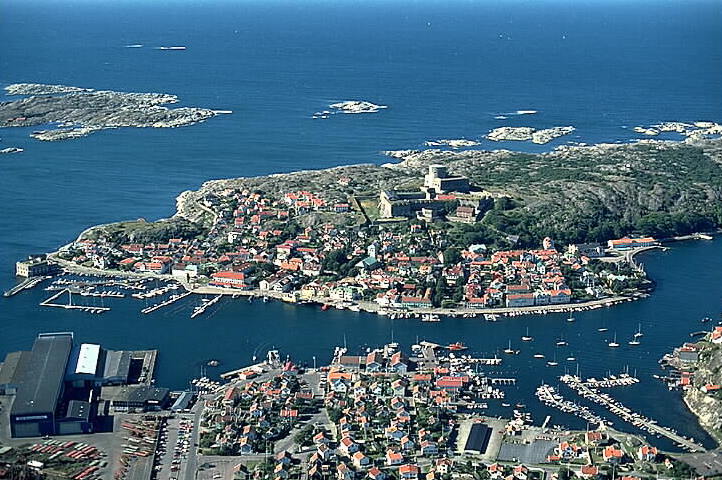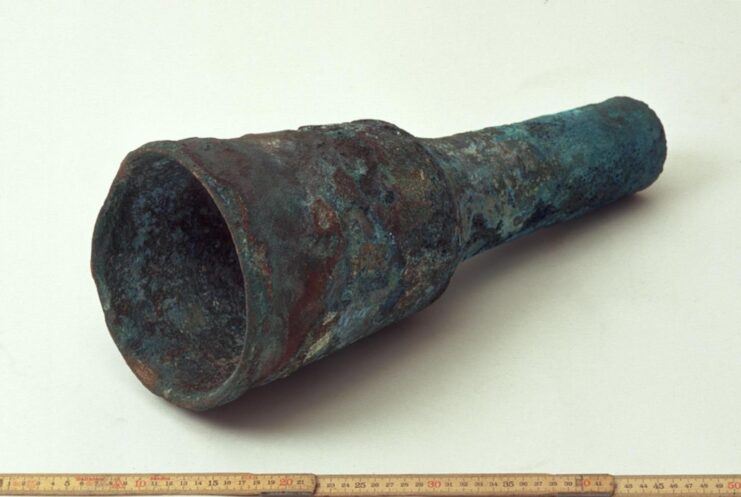In a study published in the journal The Mariner’s Mirror, a team of researchers has revealed the discovery of what’s believed to be the oldest shipboard cannon ever found in Europe. The 14th-century artillery piece was discovered off Sweden’s west coast and offers a glimpse at how the era’s unrest played into merchant activity.

The discovery of the small, muzzle-loading cast copper-alloy shipboard cannon was made off the coast of Marstrand, Sweden by a recreational diver and is believed to have come from a yet-to-be-located shipwreck.
It was determined to be a shipboard weapon, as opposed to a piece of cargo, due to the discovery of charge remains in the powder chamber. These bits also helped experts date the cannon.
“Thanks to the preserved remains of the charge, it has been possible to use radiocarbon dating to establish the age of the find,” Staffon von Arbin, a maritime archaeologist at the University of Gothenburg, said in a press release. “The study’s findings show that the Marstrand cannon is probably from the 14th century, making it one of the oldest artillery pieces ever found in Europe.”
Back when the cannon was produced, Marstrand was considered an important commercial shipping hub between the Baltic Sea region and Western Europe. However, the conflicts of the era, as well as an increasing number of pirate attacks, meant that any and all merchant vessels put themselves at risk when arriving at and leaving the port.
During the later Middle Ages, this unrest led these ships to begin equipping cannons as a form of defense. While, previously, the majority of those found date back to the 15th and 16th centuries, the Marstrand cannon appears to be much older, leading many to theorize it could be the oldest ever discovered in Europe.

Along with testing the charge, the team documented the cannon with 3D scans. They also chemically analyzed the metal used to cast it. This showed it was made from a copper alloy containing 14 percent lead, as well as small amounts of tin. The copper was mined in present-day Slovakia, while the lead either came from England or the border of Poland and the Czech Republic.
The researchers have since concluded that it’s likely the person who fashioned the cannon was unaware of just how fragile this alloy is, as the weapon would have wound up cracking after prolonged use.
“This shows that the noble art of cannon casting had not yet been fully mastered at that time, and that production was largely based on trial and error,” von Arbin explained.
More from us: Historical Artifacts Found At Bottom of 194-Year-Old Time Capsule Unearthed At West Point
As for what’s next, von Arbin shared that the team aims to locate the shipwreck from which the Marstrand cannon came.
“Now, of course, we also want to try to locate and document the ship that the cannon belonged to,” he said in the press release. “Although it is probably severely degraded and broken up, it should be possible to find scattered remains of the wreck if we conduct a thorough inventory of the site and its surroundings.”
